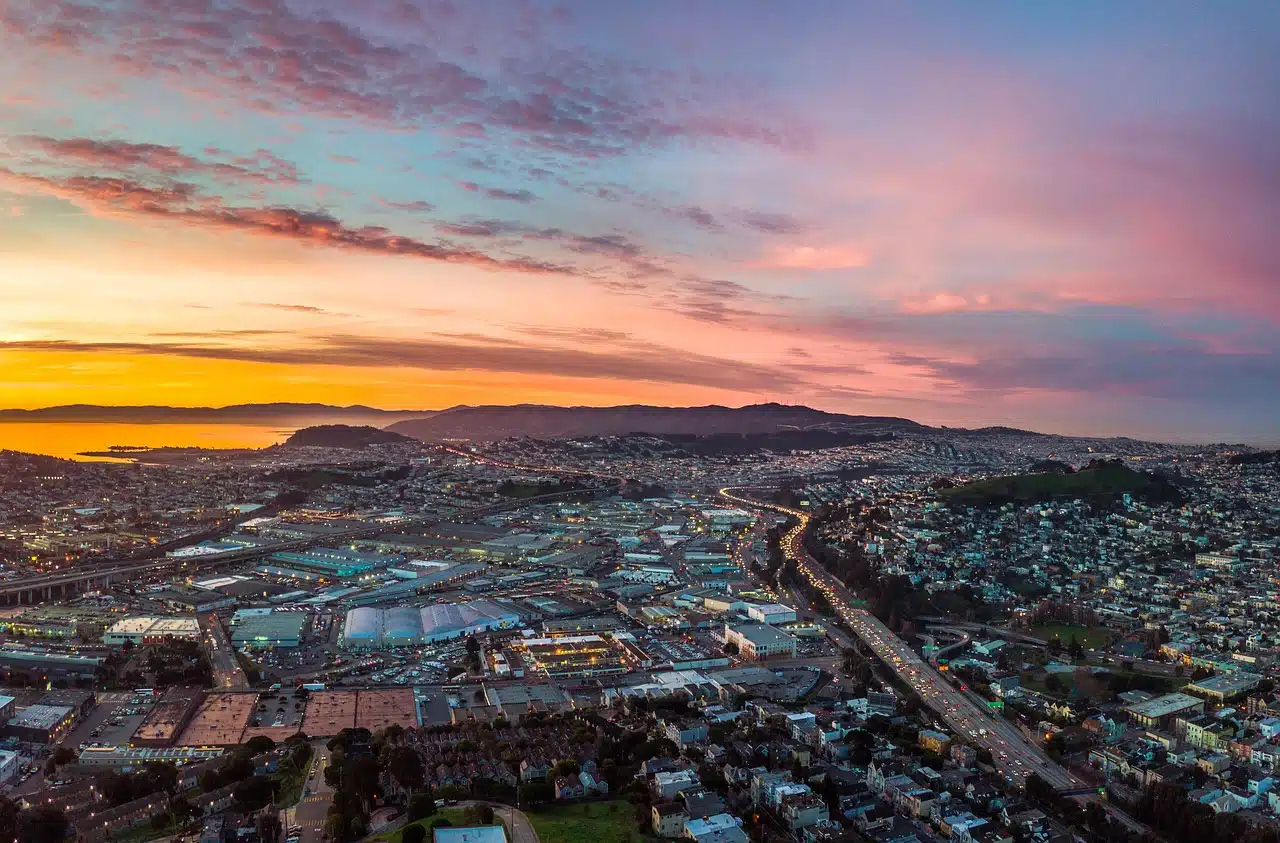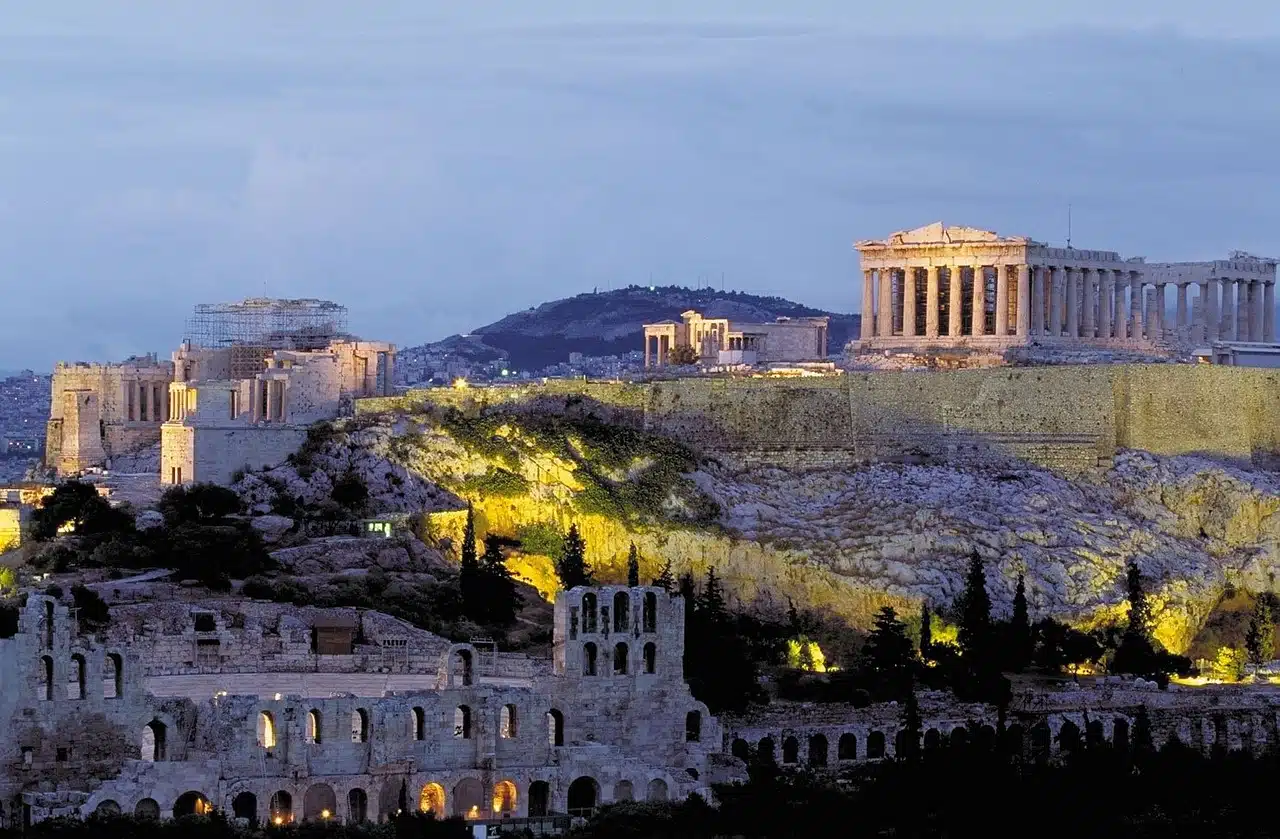
Cultural geography studies how human settlements modify the earth's surface.
Cultural geography is a geographical branch that analyzes the impact of human cultural activities on the territory . This discipline studies how an environment is modified by the settlement or displacement of a community.
Cultural geography can be said to examine the effects that people's actions and products have on the surface of the planet . In this way, it does not consider natural factors, but rather human activity.
Objective of cultural geography
The objective of cultural geography is to understand the differentiation that occurs in the various regions of the Earth as a consequence of anthropic processes (that is, generated by man). Therefore, their work is in tune with the general mission of geography, although with a specific or specialized vision.
Before moving forward, it is important to understand what the theoretical framework of cultural geography is. It is a part of human geography , which is oriented towards the link between societies and the physical environment.
This human geography is a division of general geography (also called systematic geography ), an area of geography that describes changes in spatial and surface distributions.
All these fields of knowledge, ultimately, are part of geography : the science that is responsible for describing the Earth from different perspectives. In the broadest sense, geography investigates the planetary surface, the human groups that inhabit it and the landscapes that arise from the relationship between the two.
Auxiliary sciences
The auxiliary sciences of cultural geography are several. One of them is anthropology , which studies the biological, social and cultural traits of human beings.
Cultural geography is interested in the traditions, customs and beliefs of people, as they produce a mark on their environment. That is why it also draws on ethnography , which is based on the analytical description of culture.
Sociology (focused on the functioning and structuring of communities) and history (the study of events from the past) are other auxiliary sciences of cultural geography, which can even use resources from linguistics (oriented to language).

The rock art that is captured in caves or rocks affects the characteristics studied by cultural geography.
Cultural geography and religions
Religions are part of the object of interest of cultural geography since the spirituality of the population affects physical space in different ways and vice versa . The cultural identity and cultural heritage of a people, after all, have a lot to do with their faith and the way in which beliefs are materially expressed. Nature, likewise, can generate particular beliefs.
In indigenous art , for example, this materialization of the religious can be seen. Also in different archaeological sites and monuments that help to constitute cultural landscapes with distinctive characteristics.
The migrations
Migrations impact cultural geography in multiple ways. These changes that occur in demographics always have, to a greater or lesser extent, a geographical correlation.
Urban planning (the arrangement of spaces and buildings) and architecture (as a set of buildings) vary according to the population level. When a diaspora or mass immigration occurs, not only local cultures change, but also geographical spaces.

The historical heritage of a region impacts cultural geography.
Cultural geography in globalization
With globalization , the geographical surface experiences endless alterations. Just as cultural diversity can grow or suffer a reduction through acculturation , assimilation, transculturation and other processes, these phenomena affect the territory.
Globalization makes the cultural influences of certain peoples on others noticeable. Cultural borders are blurred, threatening the conservation of heritage .
All these issues are examined by cultural geography since they are reflected in the territory. It is evident that cultural cartography has experienced great changes worldwide since the phenomenon of globalization began to develop.
Impact on tourism
Tourism is one of the sectors that most clearly reveals how culture has a notable manifestation in geographical spaces. These modifications introduced by human actions in a place can motivate other people to want to travel to see it.
Cultural tourism , which is based on attractions such as museums, libraries, art galleries and archives, is based on the charm that an area acquires specifically through human activities, unlike what happens with famous destinations based on their natural wonders (such as beaches or mountains).
Take the case of Rome , the capital of Italy . The usual thing is that tourists come there with the intention of admiring the fruit of human labor: the Colosseum , the Arch of Constantine , Piazza del Popolo , St. Peter's Square (the Vatican )... All works that modified the natural landscape and that today, in addition to being part of the Roman historical and cultural heritage, they drive a million-dollar business.
